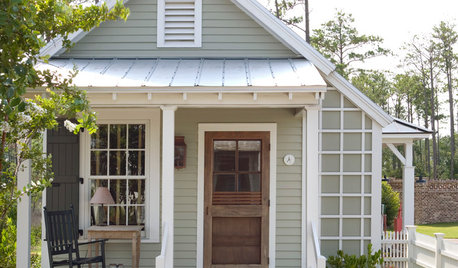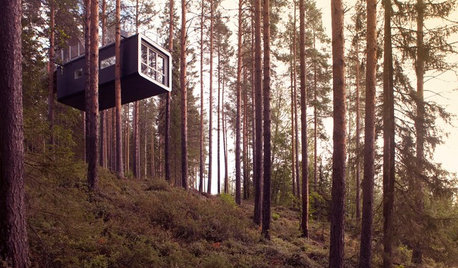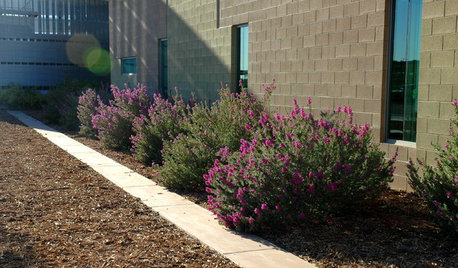How to avoid run away trees
chickencoupe
10 years ago
Related Stories

ENTRYWAYS12 Ways to Avoid Entryway Chaos
Make Your Comings and Goings Better With a Bench, Mirror, Cubby and More
Full Story
STORAGE9 Ways to Avoid a ‘Floordrobe’ in Your Bedroom
Repeat after me: The floor isn’t storage space for clothes! Tackle the ‘floordrobe’ effect with these smart tips
Full Story
MOVINGHow to Avoid Paying Too Much for a House
Use the power of comps to gauge a home’s affordability and submit the right bid
Full Story
PETS5 Finishes Pets and Kids Can’t Destroy — and 5 to Avoid
Save your sanity and your decorating budget by choosing materials and surfaces that can stand up to abuse
Full Story
PETSGarden Alert: 22 Plants to Keep Away From Pets
Avoid potential danger by keeping dogs and cats away from these landscaping and houseplant favorites
Full Story
TRAVEL BY DESIGN11 Amazing Home-Away-From-Home Tree Houses Around the World
Go climb a tree — and spend the night. Tree house hotels and lodges are booming as exotic vacation alternatives
Full Story
GARDENING GUIDESHow to Avoid Overcrowded, Overpruned Shrubs
Go for a more natural look that’s easier and less expensive to maintain by giving your plants the right amount of growing room
Full Story
LIFEHow Your Landscaping Can Keep Burglars Away
Prevent home break-ins with strategic landscaping and good practices instead of menacing — and maybe less effective — measures
Full Story
BATHROOM DESIGN5 Common Bathroom Design Mistakes to Avoid
Get your bath right for the long haul by dodging these blunders in toilet placement, shower type and more
Full Story
KITCHEN DESIGN9 Ways to Avoid Kitchen Traffic Jams
Rubbing elbows with chefs isn't always a boon. Consider circulation pathways for a kitchen that lets everyone work in comfort
Full StoryMore Discussions








ken_adrian Adrian MI cold Z5
chickencoupeOriginal Author
Related Professionals
Windham Landscape Architects & Landscape Designers · Benbrook Landscape Architects & Landscape Designers · Camas Landscape Architects & Landscape Designers · White Oak Landscape Architects & Landscape Designers · Anderson Landscape Contractors · Barrington Landscape Contractors · Corona Landscape Contractors · Kearny Landscape Contractors · Paso Robles Landscape Contractors · Watertown Landscape Contractors · Wichita Siding & Exteriors · North Richland Hills Siding & Exteriors · Crystal Lake Decks, Patios & Outdoor Enclosures · Medford Decks, Patios & Outdoor Enclosures · Woodstock Decks, Patios & Outdoor Enclosuresbrandon7 TN_zone7
Sequoiadendron4
sam_md
chickencoupeOriginal Author
poaky1
chickencoupeOriginal Author